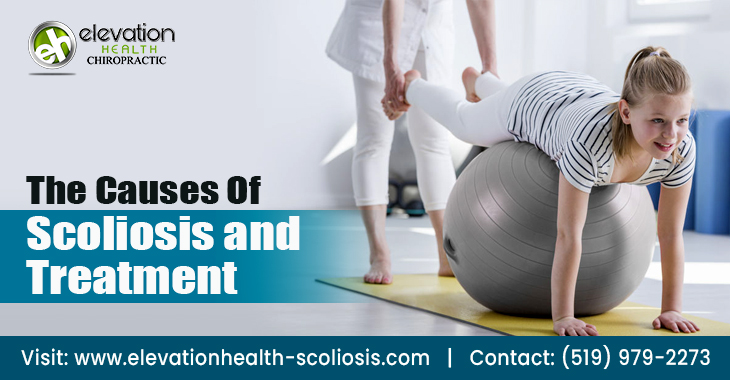
Scoliosis, a condition that is identified by an abnormal curvature of the spine, affects millions of people worldwide. It can cause discomfort and pain and affect daily activities if not managed properly. At Elevation Health Clinic, led by the esteemed Dr Brian Nantais of the Nantais Family Chiropractic in Canada, we understand the importance of providing comprehensive care for individuals with scoliosis. In this blog post, we will explore activities individuals with scoliosis should avoid to protect their spinal health and maintain an active lifestyle.
Engaging in high-impact sports can put excessive stress on the spine, which can exacerbate the curvature and cause discomfort for individuals with scoliosis. Activities such as football, rugby, and gymnastics involve repetitive movements, sudden jerks, and intense physical contact that can strain the spine. Instead, Dr Brian Nantais of the Nantais Family Chiropractic advises opting for low-impact sports like swimming, cycling, or walking, which provide cardiovascular benefits without compromising spinal stability.
Lifting heavy objects improperly can strain the back muscles and contribute to the progression of scoliosis. It is crucial for individuals with scoliosis to avoid lifting heavy weights, especially using poor lifting techniques. Furthermore. if lifting is necessary, individuals should ensure they maintain a straight back, lift with their legs, and distribute the weight evenly. It is always advisable to ask for assistance when lifting heavy items to prevent unnecessary strain on the spine.
Sitting for extended periods can lead to poor posture and increase strain on the spine, which can be particularly problematic for individuals with scoliosis. It is essential to maintain proper ergonomics while sitting, ensuring that the chair supports the natural curves of the spine and the feet rest flat on the floor. In addition, taking regular breaks to stretch, walk, or perform simple exercises can help alleviate pressure on the spine and maintain healthy blood circulation.
Twisting and overstretching movements can place excessive strain on the spinal column and potentially worsen the curvature in scoliotic individuals. It is crucial to avoid activities that involve extreme twisting of the trunk, such as certain yoga poses, high-intensity core exercises, or repetitive rotational movements. Instead, focus on exercises that promote core stability, such as Pilates or gentle stretching routines recommended by a healthcare professional.
Leading a sedentary lifestyle can weaken the muscles that support the spine and contribute to poor posture. It is vital for individuals with scoliosis to stay active and maintain a healthy weight to minimize the impact of the condition. Regular exercise, under the guidance of a healthcare professional, can help strengthen the core muscles, improve posture, and alleviate discomfort associated with scoliosis.
Maintaining a healthy spine is essential for individuals with scoliosis. By avoiding high-impact sports, heavy lifting, prolonged sitting, twisting and overstretching, and adopting an active lifestyle, individuals can protect their spinal health and manage the effects of scoliosis. At Elevation Health Clinic, Canada, led by Dr Brian Nantais of the Nantais Family Chiropractic, we provide comprehensive care and guidance to help individuals with scoliosis live fulfilling and active life.

